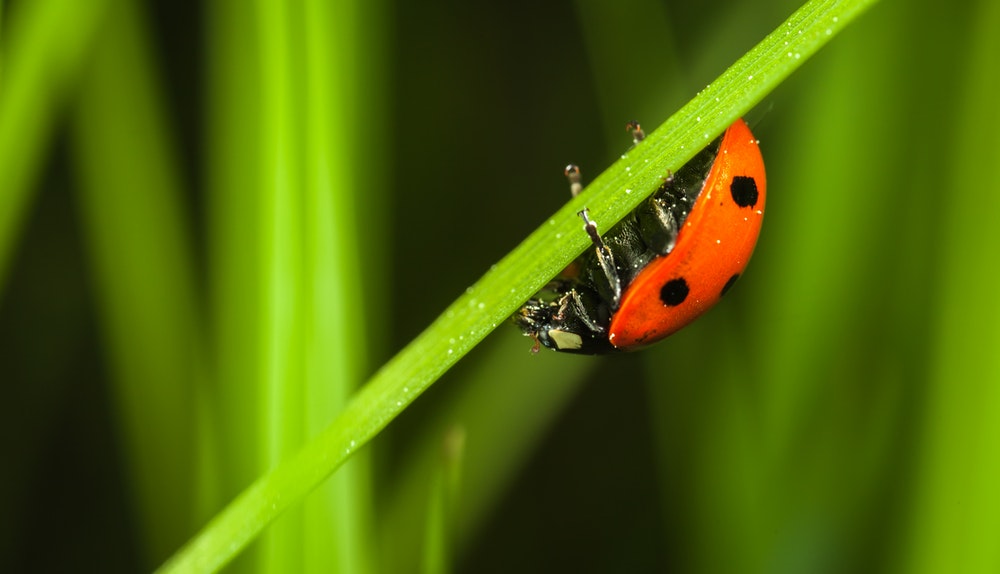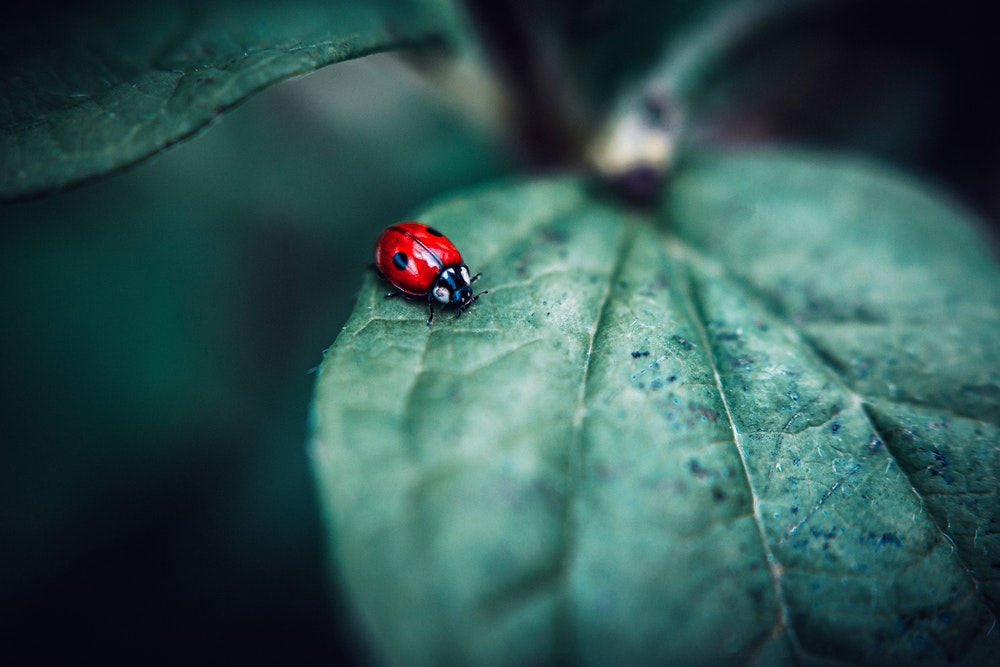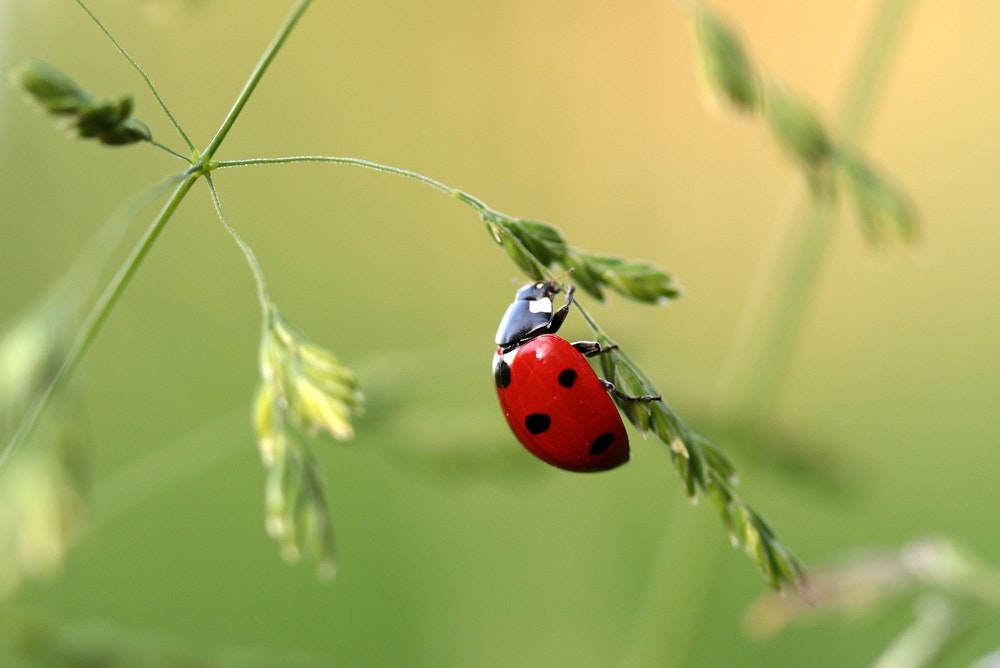Did you know that a lady bird can eat up to 50 aphids every single day? And the larvae can consume their body weight in aphids? That’s one important biological control to introduce to your garden.
Do you know why it’s sometimes called a ladybug instead of a lady beetle? Explore the fascinating world of the lady beetle, and why they are welcome in most Australian gardens.
What are lady birds?
Class: Insecta (Insects)
Order: Coleoptera (Beetles.)
Family: Coccinellidae (Lady birds)
Common Names: Lady bird, ladybird beetle, ladybird, ladybug
Number of Species Worldwide: More than 5,000
Number of Species in Australia: Over 300
What do lady birds look like?
Adult. Though the appearance of the lady beetle does vary between species, as a family they share particular traits. Like all insects, the lady beetle has three body regions, the head, the thorax, and the abdomen.
The head of the ladybug is disproportionately small in comparison to the rest of its body. The head contains the eyes, short, clubbed antennae, and like all beetles, have chewing mouthparts.
Like all species of the order Coleoptera, the thorax is separated into two parts rather than three like most other insects, the prothorax and the pterathorax. Often mistaken for the head, the pronotum is a plate-like structure at the dorsal surface of the thorax.
The two sets of wings are attached to the prerathorx though they appear to be part of the abdomen. The forewings are shiny and hard and fold over the body to form a shell called elytra. The second that are hidden from view are called the alae and are used for flight. All six legs are also attached to the thorax.
The abdomen is located behind the pterathorax and is completely covered by the elytra. It consists of a series of rings that contain spiracles for breathing.
Larvae. Lady bird larvae look different between species, however most have the similar shapes. They are much longer and flatter in immature stages of development than they are as adults and have yet to develop wings.

Lady bird life cycle
The lady beetle undergoes a complete metamorphosis. It begins as an egg, goes through four larval stages and a pupa stage before becoming an adult. Adult lady beetles overwinter by either finding a safe place to rest or by migrating to warmer climates.
In early spring or summer, the female lady beetle will find a suitable habitat in which to lay her eggs that provides plenty of shelter and plenty of food. Over the next few months, she may lay up to a thousand eggs. The eggs will hatch into larvae, which will go through four moulting stages as it matures.
After the fourth moulting the larvae will pupate. The adult will emerge in a few weeks depending on the species and the climate. The adult will live for a few months to more than a year.
Which is correct: lady bird or ladybug?
One internet search for lady birds and you will find that they are called by many different names. When restricting the search to only highlight universities, it becomes clear that most university entomology departments prefer to call them lady beetles, ladybird beetles seems to be the European preference, and ladybug is the term used by the average American.
How are lady birds beneficial?
Lady birds and their larvae are gluttonous feeders making them an important agricultural biological control. What pests they prefer depend on the species and include aphids, mildews, mites, whiteflies, cottony cushion scale, mealybugs, armoured scale insects, and scale insects.
Are all species beneficial?
Not all lady beetle species are beneficial. They may look like lady beetles, however don’t be fooled. In fact, some species are as guilty of plant crop damage as other better-known insect pests. Species from the subfamily Epilachninae are notorious plant pests.
Depending on the species, they feed on corn, spinach, cotton, and plants from the cabbage, squash, and legume families. A common example of a lady beetle from this subfamily is the Mexican bean beetle.

How can I attract lady birds?
Adult lady beetles are attracted to nectar and pollen so adding brightly coloured flowers to your garden will help to attract them. They are also attracted to high humidity and prefer to locate where there is a suitable habitat.
Do lady birds have predators?
Lady bird larvae is eaten by lacewing larvae.
Interestingly, birds are predators of lady beetles, however a rarely ingested. Lady birds are equipped with a defence mechanism in which they secrete chemical compounds from the joints in their legs that cause a noxious odour making them unattractive to predators. They also fall to the ground and play dead when threatened.






